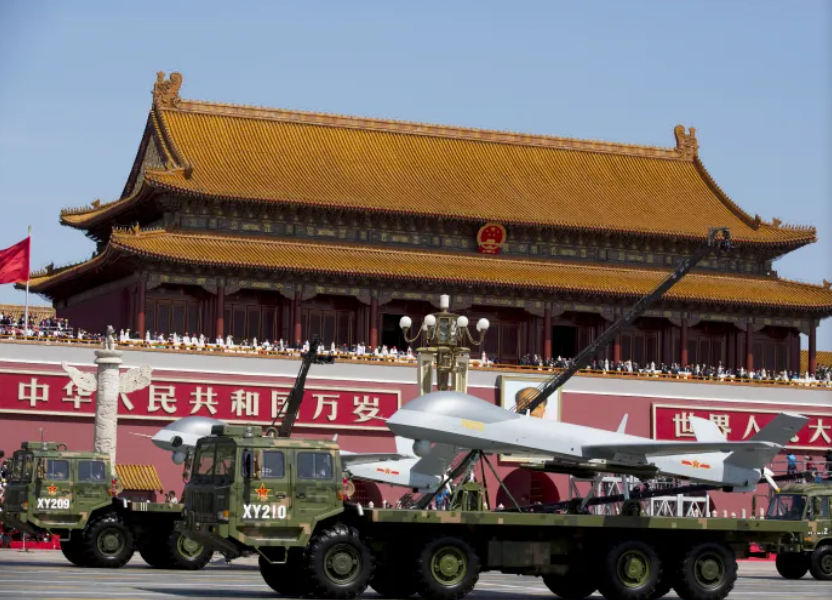Introduction: A review of military parade records under past CCP leaders reveals a striking trend. While Jiang Zemin and Hu Jintao held parades roughly once every decade, Xi Jinping has orchestrated four major military spectacles in just five years. This unusual frequency is not only a sign of his highly centralized power but also a costly and extravagant political gamble that exposes the regime’s growing insecurity and internal anxiety.
The frequency of major state celebrations and military parades under the CCP has changed significantly since the era of Jiang Zemin. On the surface, it’s a simple historical record, but a deeper analysis shows the trajectory of the top leader’s power anxiety and the regime’s willingness to squander vast national resources to fuel it.
Under Jiang Zemin and Hu Jintao, national day parades were a consistent, decade-long tradition. This consistency symbolized a stable transition of power. The parades from the 50th National Day in 1999 to the 60th in 2009 followed a strict schedule, showing that the leaders at the time did not need frequent military displays to consolidate their personal authority.
However, things changed dramatically under Xi Jinping. Since 2015, the number of official military celebrations has increased sharply. In addition to the national day parades, the regime also held a 70th anniversary parade for the War of Resistance against Japan in 2015, a 90th anniversary parade for the founding of the People’s Liberation Army in 2017, and a rare maritime parade in the South China Sea in 2018. This list also includes the upcoming 80th anniversary parade for the War of Resistance in 2025, an unprecedented frequency.
This dramatic shift is no accident. Every parade comes with a stunning cost in human resources, materials, and money. The sheer cost of organizing the military formations, deploying equipment, managing traffic, and ensuring security amounts to a staggering sum. These valuable resources, which should be used to improve people’s livelihoods and grow the economy, are instead funneled into these extravagant political shows. Rather than a display of national strength, it’s a plunder of public funds to satisfy the leader’s extreme desire for personal authority. This kind of extravagance is a mockery to ordinary people, especially with the current economic downturn and high unemployment.
Behind the Parade: From Confidence to Anxiety
Hu Jintao’s restraint in holding parades likely stemmed from the relative stability of his power succession, which made frequent displays of personal cult unnecessary. In contrast, Xi Jinping’s constant breaking of tradition reveals a deep-seated sense of insecurity. Amid a slowing economy and worsening social tensions, he needs to constantly use grand military celebrations to divert the public’s attention and stir up nationalist sentiment to maintain the legitimacy of his rule.
The South China Sea maritime parade is particularly symbolic. It was not just a provocation against countries like Taiwan and the United States, but also a message to the Chinese public that he has the ability and determination to defend so-called “national interests.” The frequent and highly politicized nature of these parades reflects his internal power anxiety and his fear that his rule is not as stable as it appears.
In short, the record of these military events is not just a list of dates. It’s a history of the CCP leadership’s changing mindset. The frequency and style of the parades, from the relative stability of the Jiang-Hu era to the frequent and high-profile displays under Xi Jinping, accurately reflect the level of power concentration and the ruler’s growing anxiety, while also exposing his true nature of disregarding national wealth for his own selfish interests.

